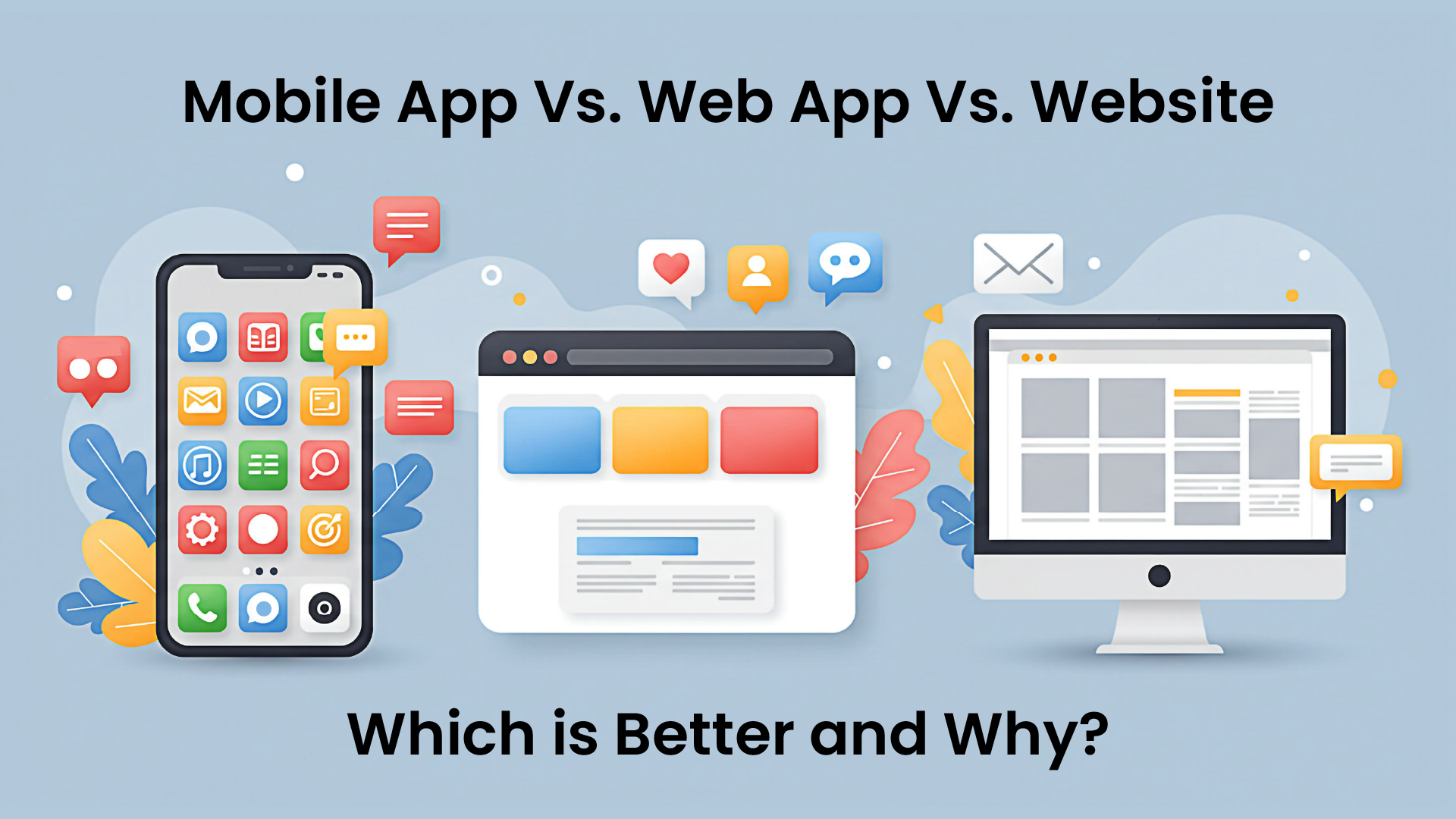Introduction
Picture this: You’ve got a brilliant business idea, but you’re staring at a crossroads that could make or break your digital success. Should you build a mobile app, develop a web application, or stick with a traditional website?
Here’s a stat that might surprise you: 90% of mobile internet time is spent using apps, with mobile app users spending an average of 201.8 minutes per month shopping compared to just 10.9 minutes for website users. Yet, 73% of all eCommerce sales in 2025 are made on mobile devices, showing that the mobile-first approach isn’t just a trend; it’s the new reality.
But before you jump on the mobile app bandwagon, consider this: not every business needs an app. Some thrive with responsive websites, while others find web applications to be their sweet spot.
In this comprehensive guide, we’ll dissect the real differences between mobile apps, web apps, and websites, backed by 2025 data and real-world case studies. By the end, you’ll have a crystal-clear roadmap for making the decision that could transform your business.
What Are Mobile Apps, Web Apps, and Websites?
Mobile Applications (Native Apps)
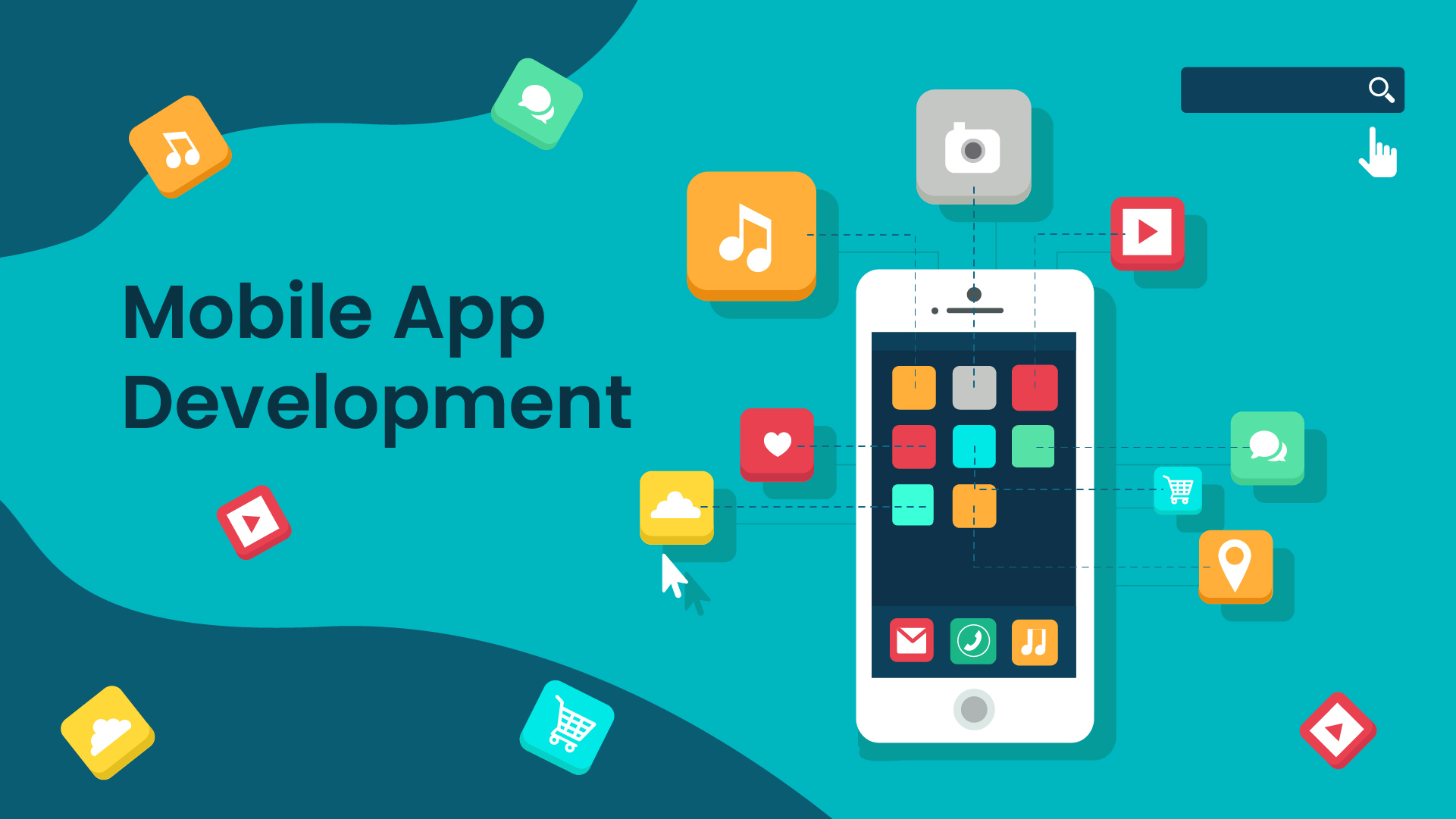
Mobile apps are software applications designed specifically for mobile devices like smartphones and tablets. They’re downloaded from app stores (Google Play, Apple App Store) and installed directly on the device.
Key characteristics:
- Installed locally on the device
- Can work offline (depending on functionality)
- Access to device features (camera, GPS, push notifications)
- Platform-specific (iOS, Android)
- Requires app store approval
Web Applications
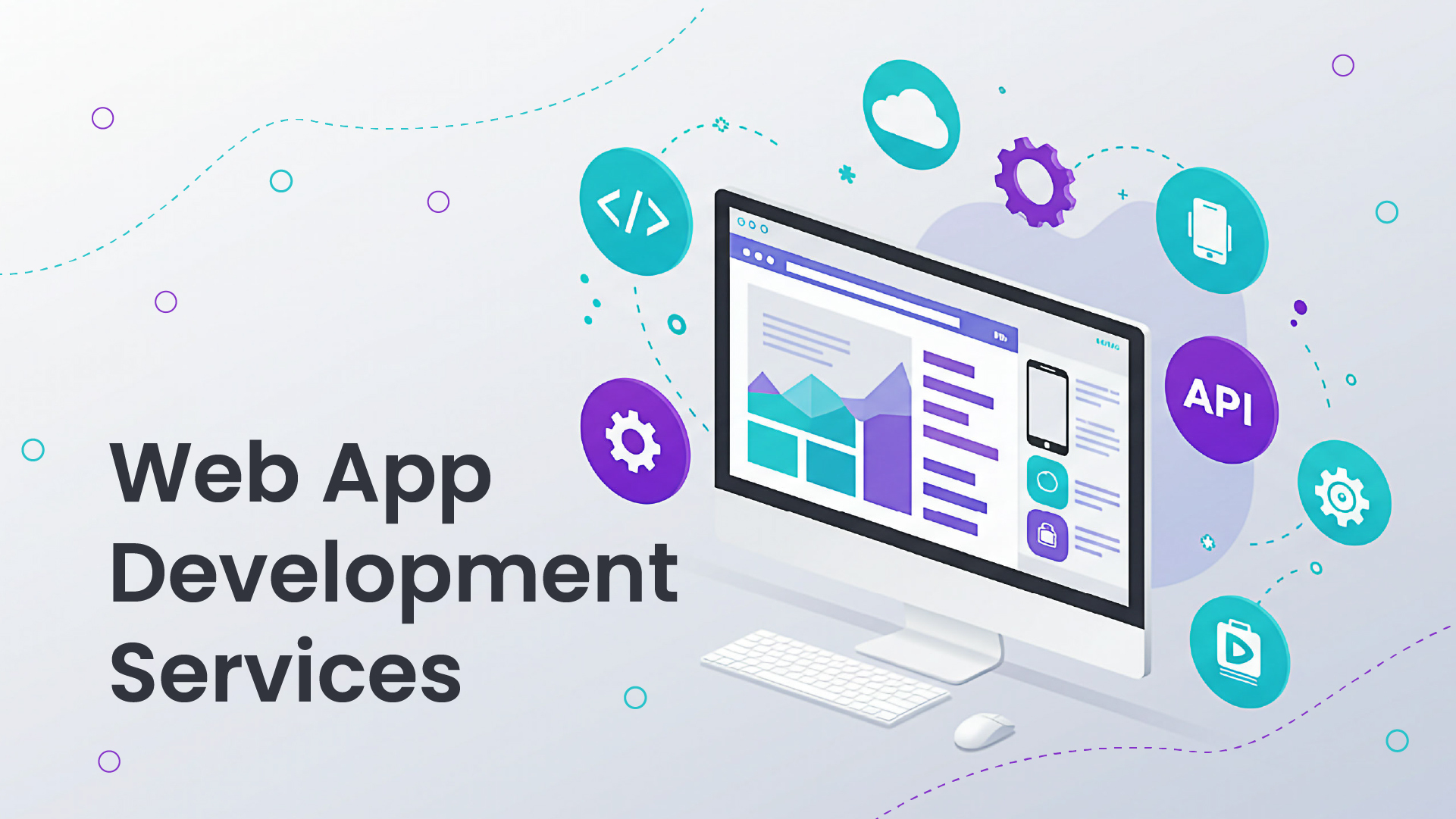
Web apps are interactive software programs that run in web browsers but offer app-like functionality. Think of Gmail, Google Docs, or Slack, they feel like apps but work through your browser.
Key characteristics:
- Runs in web browsers
- Requires an internet connection
- Cross-platform compatibility
- No app store required
- Responsive design adapts to different screen sizes
Websites
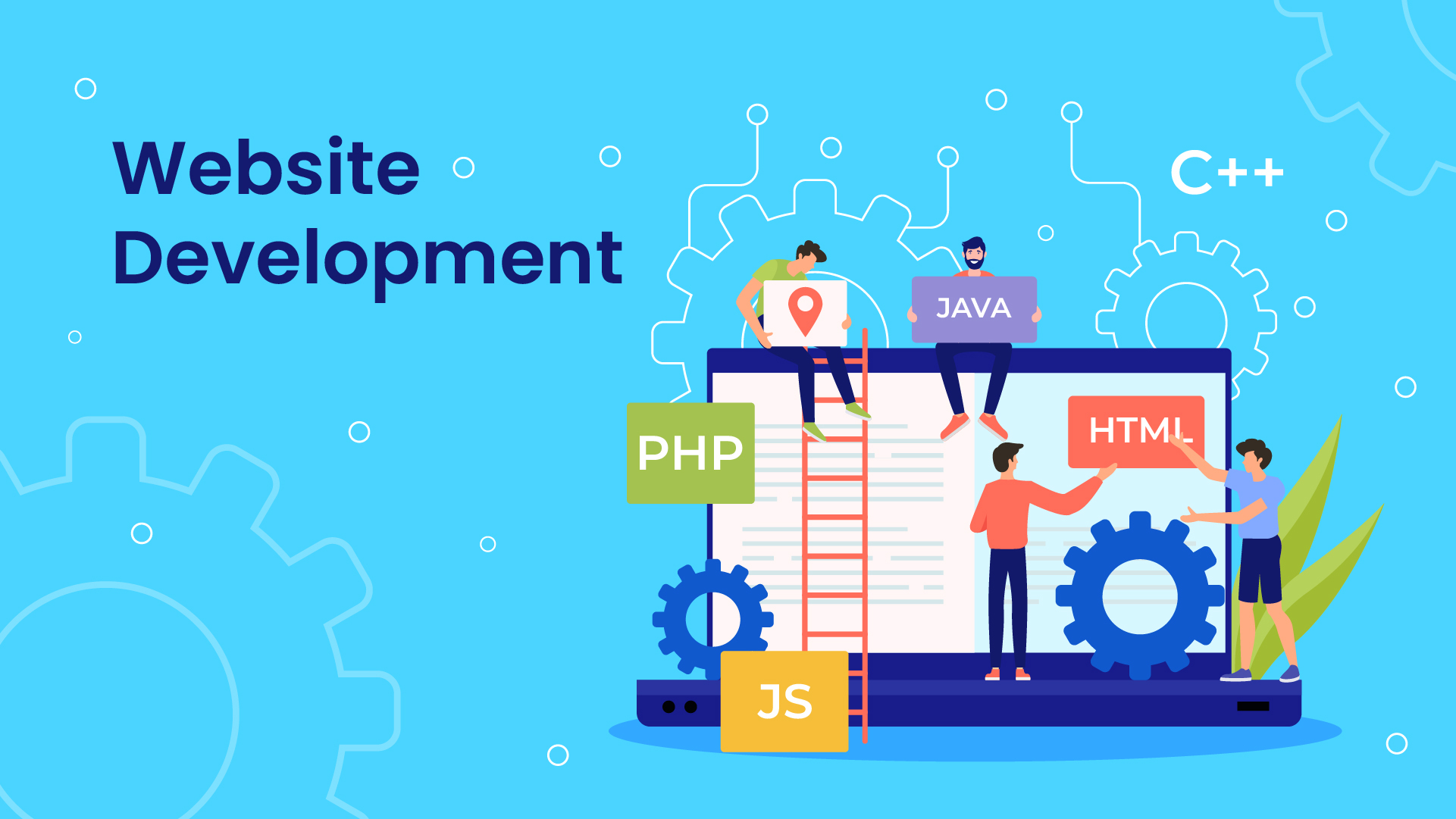
Traditional websites are collections of web pages designed primarily for information sharing and basic user interaction. They’re accessed through web browsers using URLs.
Key characteristics:
- Informational or basic interactive content
- Browser-based access
- Responsive or mobile-optimized versions
- Search engine friendly
- Lower development complexity
Mobile App vs Web App vs Website: Detailed Comparison
User Experience & Performance
Mobile Apps: The Performance Champions
Mobile apps provide 3 times more engagement compared to web apps when it comes to personalized content. Here’s why:
- Speed: Native apps load faster because they store data locally
- Smooth interactions: Optimized for touch gestures and mobile hardware
- Offline capability: Core functions work without internet
- Device integration: Seamless use of camera, GPS, contacts, etc.
Web Apps: The Flexible Middle Ground
- Cross-platform consistency: Same experience across all devices
- Instant updates: Changes go live immediately without user downloads
- No storage limitations: Don’t consume device storage space
- Progressive Web Apps (PWAs): Bridge the gap with app-like features
Websites: The Universal Solution
- Accessibility: Works on any device with a browser
- SEO advantages: Easy to discover through search engines
- Quick loading: Modern responsive sites load fast
- Cost-effective: Simplest to develop and maintain
Development Cost Analysis
| Solution Type | Basic Version | Mid-Range | Complex |
| Website | $100-$300 | $500-$1000 | $1000-$2000+ |
| Web App | $200-$500 | $500-$1000 | $1500–$2500 |
| Mobile App | $300-$800+ | $1000-$1500+ | $2500-$3500 |
Why the cost difference?
- Mobile apps require separate development for iOS and Android
- Web apps need complex backend infrastructure for app-like functionality
- Websites have simpler architecture and are widely available to developers
Progressive Web Apps (PWAs) can cost around 30% of native app development budgets, making them an attractive middle ground.
Market Reach & Distribution
Mobile Apps
- Pros: App store discoverability, push notifications, loyal user base
- Cons: App store approval process, platform-specific development
Web Apps
- Pros: Instant access via URL, no download barriers, cross-platform
- Cons: Less discoverability, limited offline functionality
Websites
- Pros: Maximum reach, SEO benefits, universal compatibility
- Cons: Limited engagement tools, basic functionality
2025 Trends Shaping the Decision
The Rise of Progressive Web Apps (PWAs)
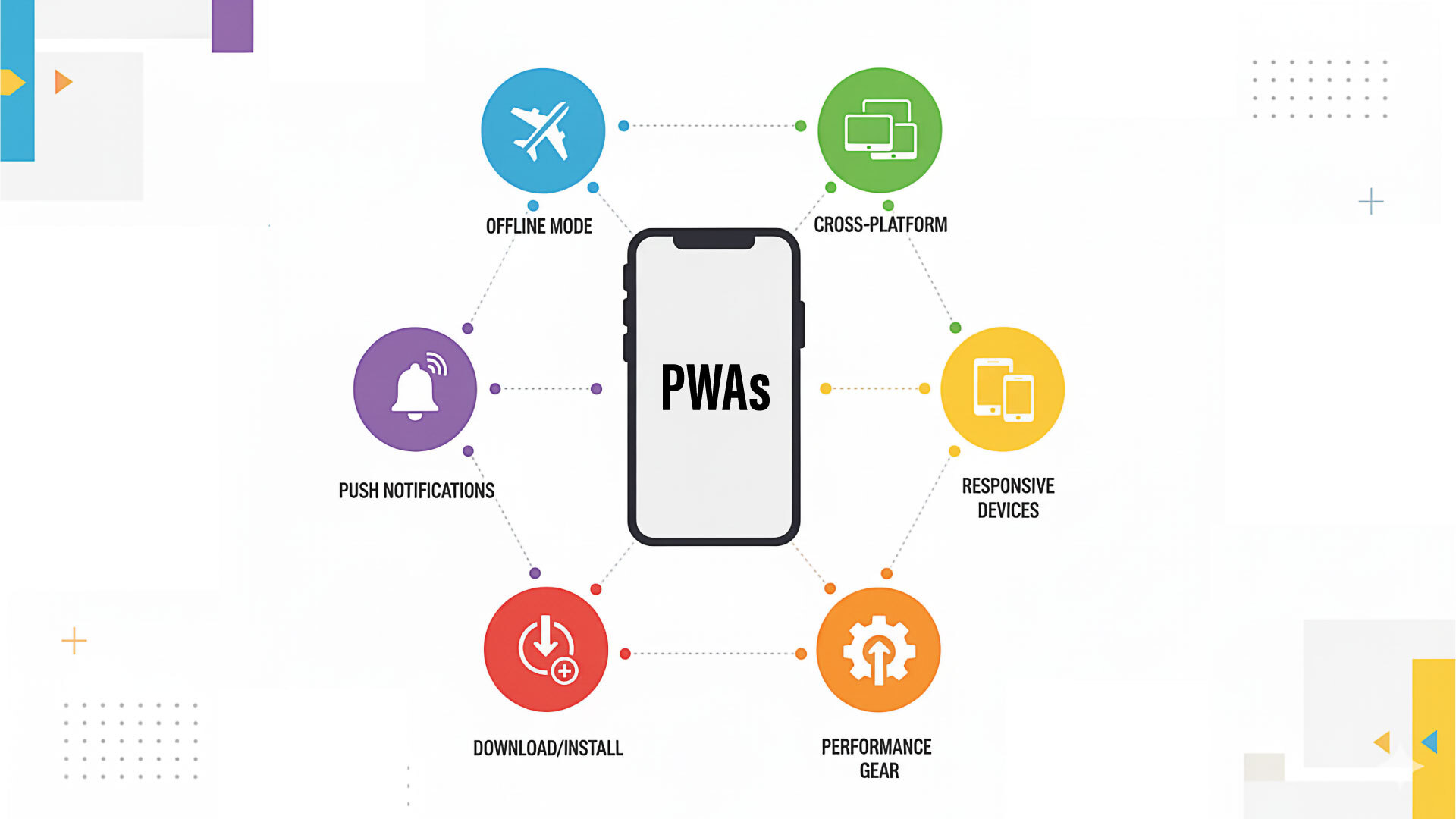
PWAs are revolutionizing the web app vs mobile app debate. Companies like Twitter, Pinterest, and Starbucks have seen remarkable results:
- Twitter Lite: 65% increase in pages per session
- Pinterest PWA: 60% increase in core engagements
- Starbucks PWA: 2x daily active users
AI Integration Changing the Game
With app revenues expected to exceed $935 billion globally, AI-powered personalization is becoming crucial. Mobile apps lead this trend due to their ability to access device data and provide contextual experiences.
Voice and IoT Connectivity
Mobile apps excel at integrating with smart devices, voice assistants, and IoT ecosystems, a growing advantage as connected devices become ubiquitous.
Real-World Case Studies
Case Study 1: E-commerce Success – Mobile App Strategy
Company: Fashion retailer with $50M annual revenue
Challenge: Low mobile conversion rates on their website (1.2% vs 3.8% desktop)
Solution: Developed a native mobile app with features like:
- One-tap checkout
- Push notifications for sales
- Augmented reality try-on
- Offline browsing
Results:
- 400% increase in mobile conversions
- 60% higher average order value
- 25% increase in customer lifetime value
Case Study 2: SaaS Success – Web App Strategy
Company: Project management startup
Challenge: Need for cross-device accessibility with complex functionality
Solution: Built a responsive web app with PWA features
Results:
- 40% lower development costs vs native apps
- 90% user retention across devices
- 50% faster feature rollouts
Making Your Decision: A Step-by-Step Framework
Step 1: Analyze Your Users
Questions to ask:
- What devices do your users primarily use?
- Do they need offline access?
- How tech-savvy is your audience?
- What’s their typical usage pattern?
Step 2: Define Your Core Features
Feature Priority Matrix:
| Feature Type | Mobile App | Web App | Website |
| Content display | ⭐⭐⭐ | ⭐⭐⭐⭐⭐ | ⭐⭐⭐⭐⭐ |
| Complex interactions | ⭐⭐⭐⭐⭐ | ⭐⭐⭐⭐ | ⭐⭐ |
| Offline functionality | ⭐⭐⭐⭐⭐ | ⭐⭐ | ⭐ |
| Device integration | ⭐⭐⭐⭐⭐ | ⭐⭐ | ⭐ |
| Cross-platform reach | ⭐⭐ | ⭐⭐⭐⭐⭐ | ⭐⭐⭐⭐⭐ |
| SEO capability | ⭐ | ⭐⭐⭐ | ⭐⭐⭐⭐⭐ |
Step 3: Consider Your Resources
Budget considerations:
- Development costs (one-time vs ongoing)
- Maintenance and updates
- Marketing and user acquisition
- Team expertise and availability
Step 4: Plan for Growth
Think beyond your current needs:
- How will your solution scale?
- What features might you add later?
- Will you need multiple solutions eventually?
How Desol Int Can Help You Make the Right Choice
Choosing between mobile apps, web apps, and websites isn’t just about features, it’s about aligning technology with your business strategy. At Desol Int, we’ve helped hundreds of businesses navigate this decision with data-driven insights and strategic planning.
Our experienced team specializes in:
- Strategic consultation: Analyzing your specific use case and audience
- Cross-platform development: Building solutions that grow with your business
- Performance optimization: Ensuring your chosen platform delivers maximum ROI
Whether you need a lightning-fast mobile app, a feature-rich web application, or a conversion-optimized website, we have the expertise to bring your vision to life.
Conclusion
The mobile app vs web app vs website decision isn’t about following trends, it’s about matching the right technology to your specific business needs, audience behavior, and growth strategy.
Here’s your quick decision framework:
- High engagement + device features needed = Mobile App
- Complex functionality + cross-platform access = Web App
- Information sharing + SEO focus = Website
- Uncertain or limited budget = Start with website/web app, evolve to mobile app
With 90% of mobile time spent in apps and 73% of eCommerce happening on mobile, the mobile-first approach is clear. But the path to get there should align with your current resources and long-term vision.
Ready to make the right choice for your business? Contact Desol Int today for a free consultation. Our experts will analyze your specific situation and provide a customized roadmap that maximizes your digital success.
Frequently Asked Questions
Q: Are Progressive Web Apps a good alternative to native mobile apps?
A: PWAs can be excellent alternatives for many use cases. They offer app-like experiences with web-based development, reducing costs by up to 70%. However, they have limitations with complex device integrations and may not provide the same performance as native apps for resource-intensive applications.
Q: Should I develop for iOS or Android first?
A: This depends on your target audience and market. In North America and Europe, iOS users typically have higher engagement and spending rates. In other global markets, Android dominates. Analyze your specific audience demographics and consider starting with the platform where your ideal customers are most active.
Q. Can I have both a website and a mobile app?
Absolutely! Many successful businesses maintain both platforms. A website helps with SEO and broad reach, while a mobile app provides a superior user experience for frequent users. The key is to ensure consistent branding and functionality across all platforms.
Q. Which option is best for e-commerce?
73% of all eCommerce sales in 2025 are made on mobile devices, making mobile apps highly effective for online retail. However, a responsive website is essential for SEO and first-time visitors. Many e-commerce businesses benefit from a website-first approach with a mobile app for loyal customers.
Q. How long does development take for each option?
Development timelines vary by complexity:
- Website: 2-8 weeks for basic sites, 2-6 months for complex ones
- Web App: 3-6 months typically for most projects
- Mobile App: 4-12 months, depending on features and platforms
Q. Do I need separate Android and iOS apps?
Not necessarily. Cross-platform development frameworks like React Native or Flutter allow you to build apps that work on both platforms with shared code, reducing costs by 30-50% compared to native development.
